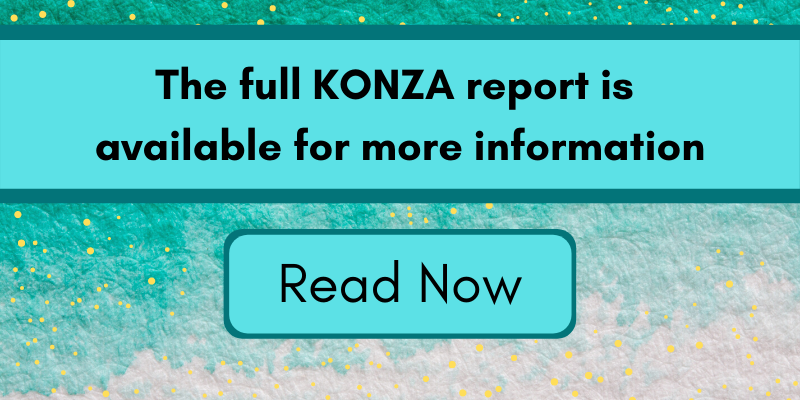States across the country are now easing lockdown restrictions, increasing the number of interactions people have on a daily basis. In order to continue to reduce the number of COVID-19 infections and prevent new stay-at-home orders, contact tracing will increase in importance.
When it comes to contact tracing, quick action is necessary to quarantine potentially infected people to prevent them from spreading the virus. How can public health officials ensure that they have the most up-to-date data to do this effectively? Let’s take a look.
From test to trace – speed is of the essence
Once someone tests positive for COVID-19, it’s necessary to start contact tracing right away. The first step is to ascertain who a person has been in contact with for a certain period of time both before and after developing symptoms.
Health officials must start this process right away, which requires having an accurate and timely list of people who test positive for the virus. This can be difficult given the different locations at which people are tested (physician’s office, hospital, pop-up testing facility, etc.) and the lack of interoperability between systems.
Fortunately, there are some groups working to improve interoperability between different stakeholders in healthcare, including KONZA, a healthcare interoperability exchange (HIE) that collects data from hospitals, physicians’ offices, federally qualified health centers (FQHCs), and others.
In the state of Kansas where KONZA is based, the organization collects data from all the hospitals and physicians’ practices on people who have tested positive for COVID-19, as well as those who are suspected of contracting the virus. Using diagnosis codes, the organization has then created a dashboard for health officials at the Kansas Department of Health and Environment. Armed with a comprehensive list of confirmed and suspected COVID-19 patients, the officials can then start the process of contact tracing.
The value of contact tracing
While the process of manually tracing contacts seems cumbersome, research studies have shown it can be incredibly valuable. For example, a recent article in ProPublica discussed the results of two research studies that show the value of different strategies in containing coronavirus.
The first study, using a simulation by UK researchers, found that isolating symptomatic cases would reduce COVID-19 transmission by 32%, while combining isolation with manual contact tracing reduced transmission by 61%.
The second study, using a model based on data from the Boston area, found that if 50% of symptomatic COVID-19 infections were identified and 40% of those patients’ contacts were found, the economy would be able to reopen without weighing down the healthcare system.
Technology for contact tracing
The dashboard created by KONZA is one type of technology that can be used to help with contact tracing, but there are other technologies being developed to try and help as well. For example, several apps are currently being deployed or are under development that would aid with contact tracing.
Apple and Google are currently working on technology that would notify users when they come near an infected person. Countries and states can use the technology to develop apps that use the features and aid in their contact tracing efforts. However, there are many questions as to whether government entities will do so, given concerns around privacy.
Listen to KONZA President and CEO Laura McCrary talk about the importance of data sharing during COVID-19 in this interview on the Smarter Healthcare Podcast.
Conclusion
Contact tracing is an important tool in reducing transmission of COVID-19. Making data easily available and accessible to public health officials, such as KONZA is doing, will greatly help with contact tracing and hopefully reduce the number of infections and deaths from coronavirus.
- Solving Hospital CEOs’ Pressing Challenges With Analytics - April 15, 2024
- Navigating the Wellness Wave: Wine & Spirits Data Strategy - April 9, 2024
- Takeaways from HIMSS24 - March 26, 2024




